Household raising buffalo and cows in Bai Tranh commune (Nhu Xuan).
Binh Luong is a locality with great potential for developing large livestock farming in Nhu Xuan district due to its abundant natural food sources and agricultural by-products. Therefore, developing large livestock farming has been and is a direction to help people in the commune stabilize their income, becoming a strength for local economic development; many households have boldly invested in building barns, maintaining and increasing herds, and expanding livestock farming scale. However, from 2022 to now, the price of buffaloes and cows has decreased and has not shown signs of increasing sharply again, at times decreasing by up to 50% compared to before, while the cost of animal feed has increased, product output is unstable... causing many difficulties for livestock farmers. Mr. Le Trong Thuan, one of the households with a large herd of buffalo and cows in the commune, said: "The price of live cattle in previous years fluctuated around 90,000 - 95,000 VND/kg, peaking at 130,000 VND/kg. However, from 2022 to now, the price has gradually decreased, at times fluctuating only around 76,000 to 83,000 VND/kg depending on the type of cow. Although the price has increased slightly, we have to "carry" additional costs for feed, vaccines, veterinary medicine... Besides, due to the price decrease and excess supply, traders are also more strict in choosing high-quality cows."
According to Mr. Le Tien Dat, Deputy Head of the Department of Agriculture and Environment of Nhu Xuan district: "Faced with the current situation of falling prices of buffalo and cows, the district has directed communes and towns to advise buffalo and cow breeders to continue monitoring the market to have appropriate breeding plans, not to reduce the herd massively, causing a disruption in supply. At the same time, take advantage of agricultural by-products as feed for buffalo and cows to reduce costs".
In Lang Chanh district, although there is a large herd of livestock, it is still not commensurate with the potential and strengths of the locality. The main reason is that people are limited in investment capital; they have not been proactive in building barns and food sources. Along with that, people mainly raise livestock on a small scale and in a scattered manner; people's access to and grasp of livestock knowledge and techniques is not regular and continuous, so the economic efficiency in livestock farming is not high. On the other hand, people have not paid attention to investing in livestock development, crossbreeding, and introducing high-yield and high-quality livestock breeds. Therefore, in order to contribute to changing people's livestock farming habits, the district has regularly organized scientific and technical training for people, expanded the area of planting animal feed, and instructed people to protect livestock during hot, cold, and damaging cold spells; Encourage people to invest in renovating solid barns, applying disease prevention measures, and raising livestock in a biosafety direction...
Mr. Ngan Van Xuan, a veterinary officer of Tri Nang commune (Lang Chanh) said: “Regarding the livestock farming practices in mountainous areas along with the limitations of terrain, people previously paid little attention to vaccination. Faced with the epidemic situation, we went to each house to propagate and explain the benefits of vaccination, giving examples of livestock and poultry dying from epidemics so that people could see the harm of not vaccinating and being negligent in disease prevention. Up to now, most people have understood and agreed, so each vaccination period has been more favorable.”
According to statistics from the Department of Animal Husbandry and Veterinary Medicine of Thanh Hoa, in recent years, the total herd of buffalo and cows in mountainous districts of Thanh Hoa province has continuously decreased, an average of about 10% per year. Faced with this situation, the Department of Animal Husbandry and Veterinary Medicine recommends that cattle farmers continue to monitor the market to have appropriate livestock plans, implement measures to stabilize production, and save costs. In addition, localities need to focus on guiding people to implement disease prevention and control measures, encourage and support people to change their livestock farming methods from small-scale to family-run, change and crossbreed to improve the size of cattle herds; transfer biosafety livestock farming techniques. At the same time, cut down on industrial feed sources and take advantage of agricultural by-products such as straw, corn stalks, beans, peanuts, etc. for fermentation; expand the area of grass for animal feed to limit feed costs. To develop stable buffalo and cattle farming, localities need to establish cooperative groups and links in production; encourage and call for businesses to invest and link with people to remove difficulties in consumption, helping people develop sustainable livestock farming.
Article and photos: Le Ngoc
Source: https://baothanhhoa.vn/go-kho-phat-trien-chan-nuoi-dai-gia-suc-khu-vuc-mien-nui-247936.htm


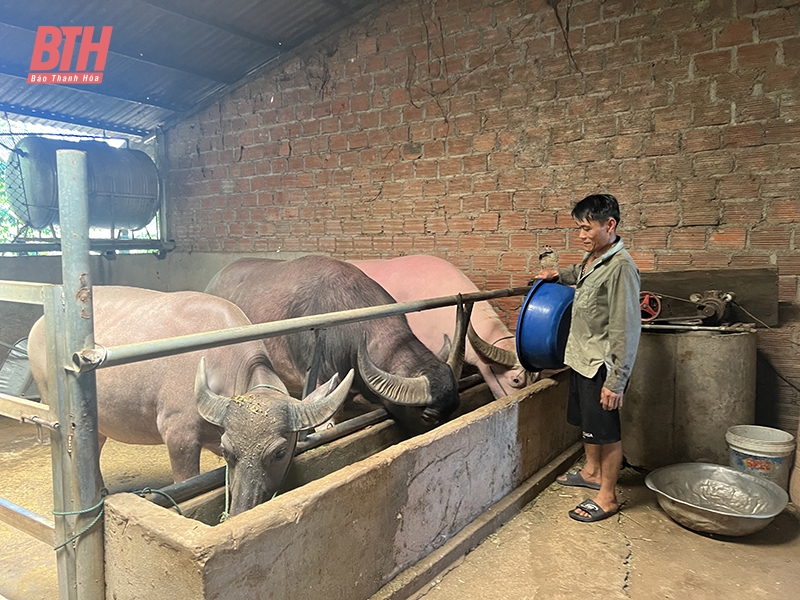
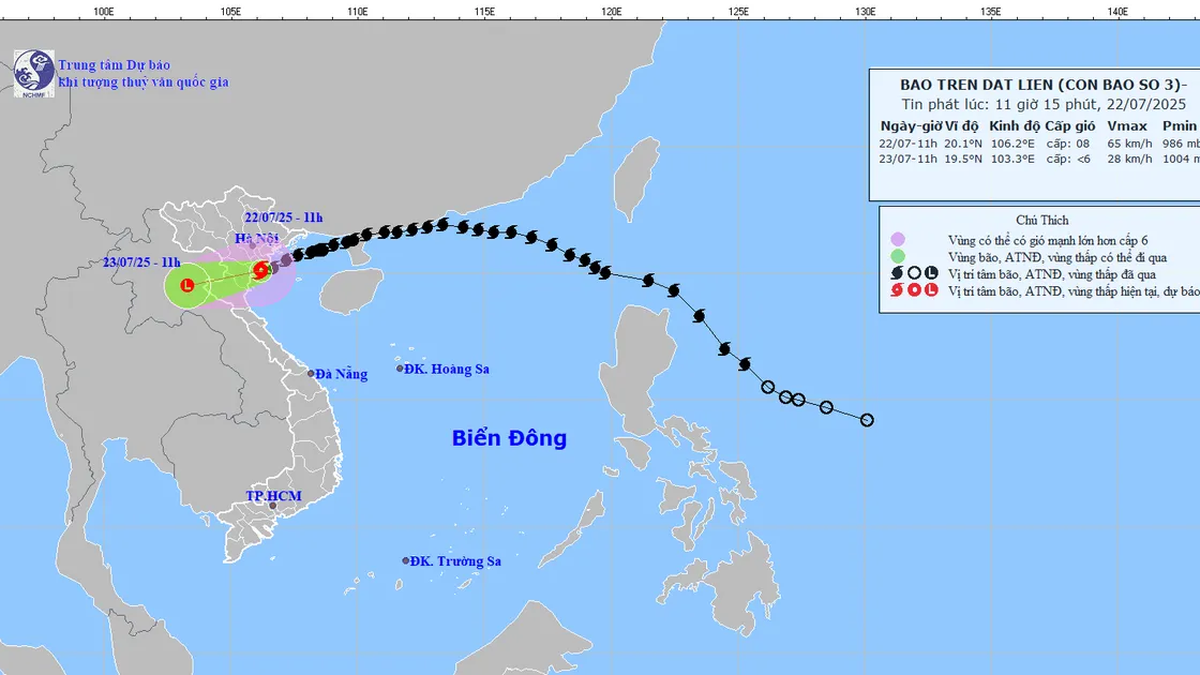


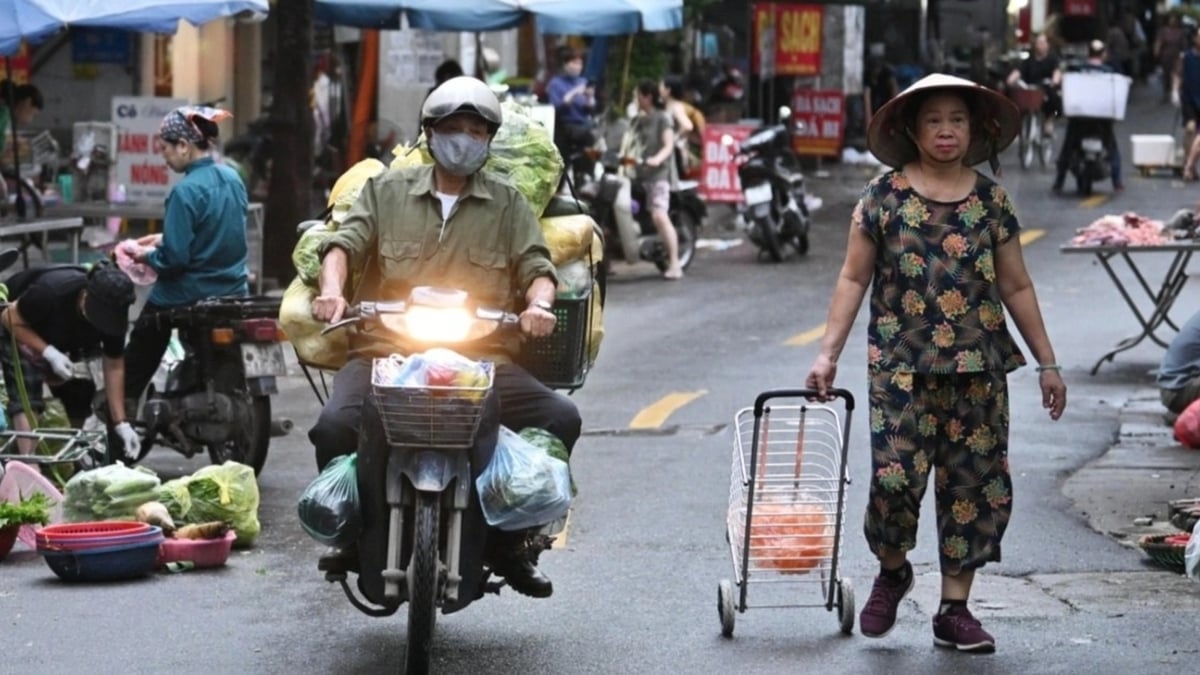


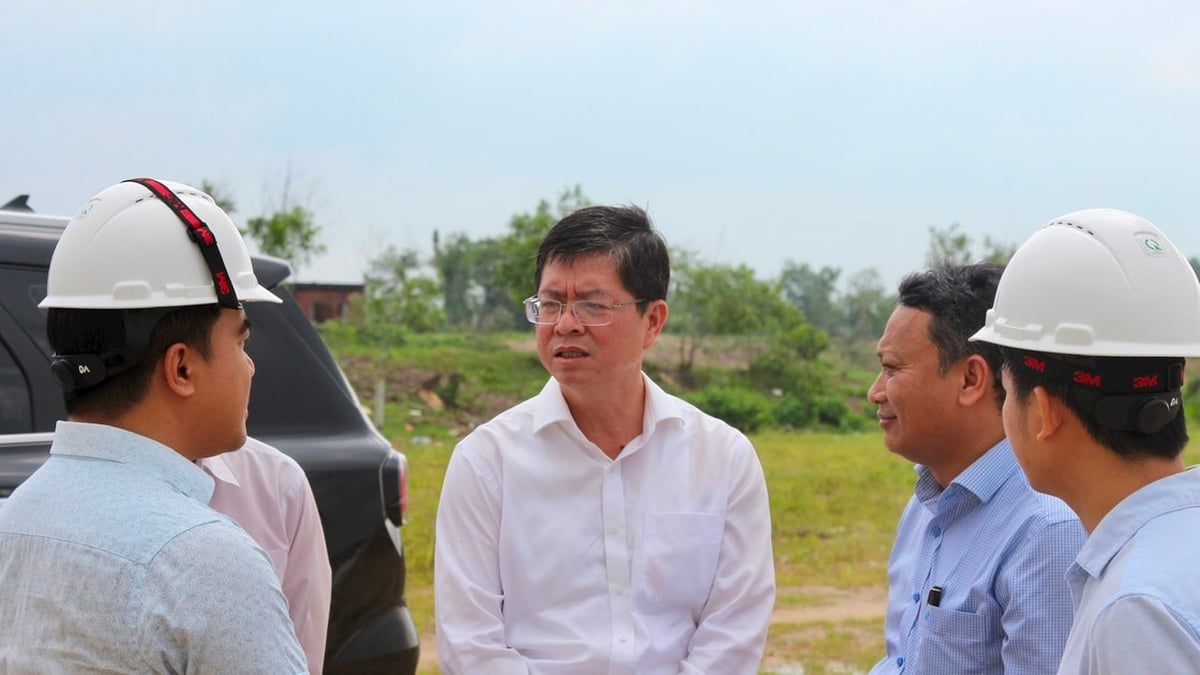


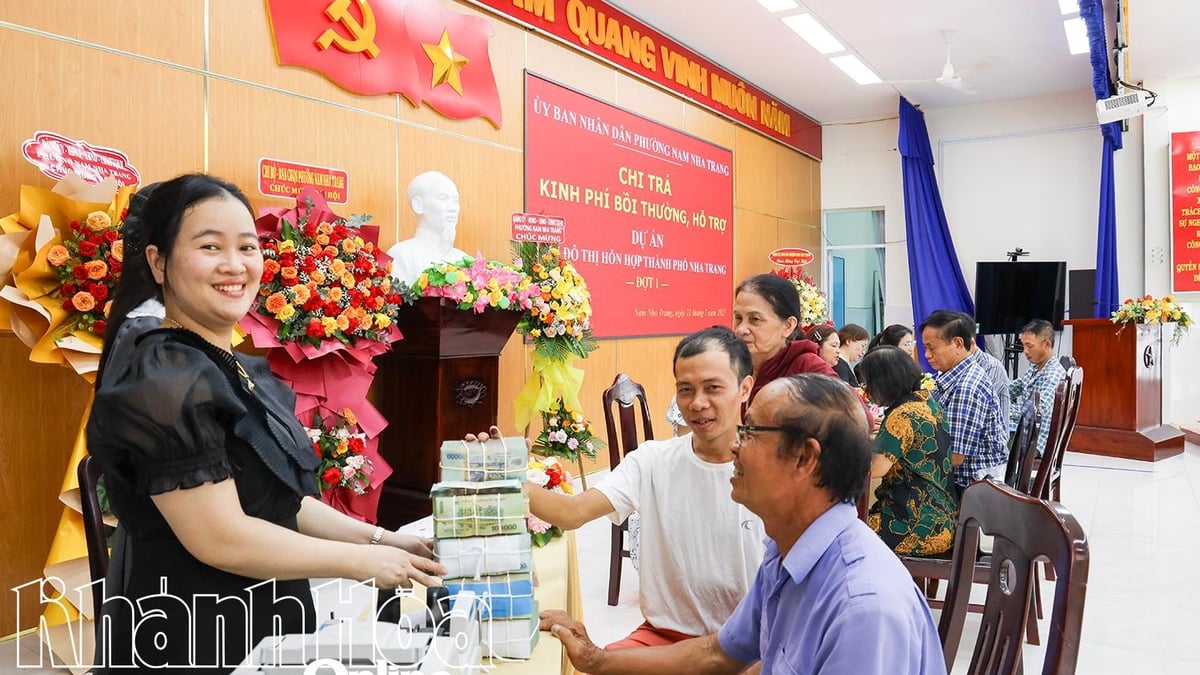
















![[Photo] National Assembly Chairman Tran Thanh Man visits Vietnamese Heroic Mother Ta Thi Tran](https://vphoto.vietnam.vn/thumb/1200x675/vietnam/resource/IMAGE/2025/7/20/765c0bd057dd44ad83ab89fe0255b783)



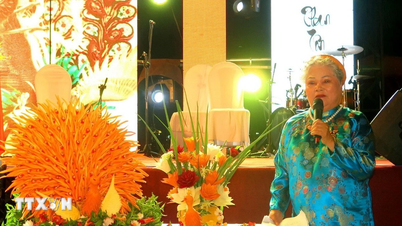
















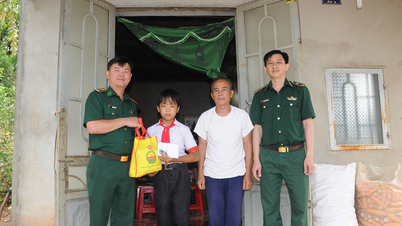













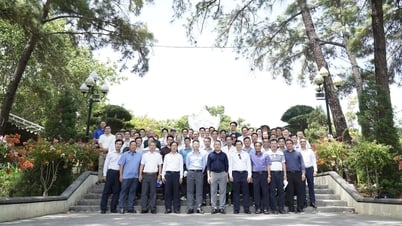








































Comment (0)